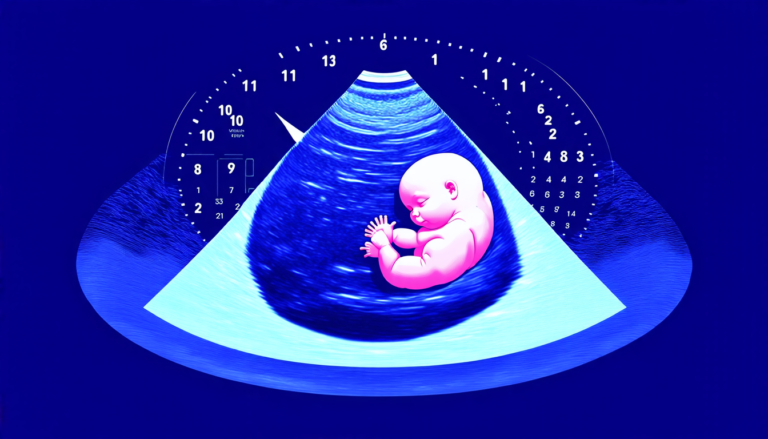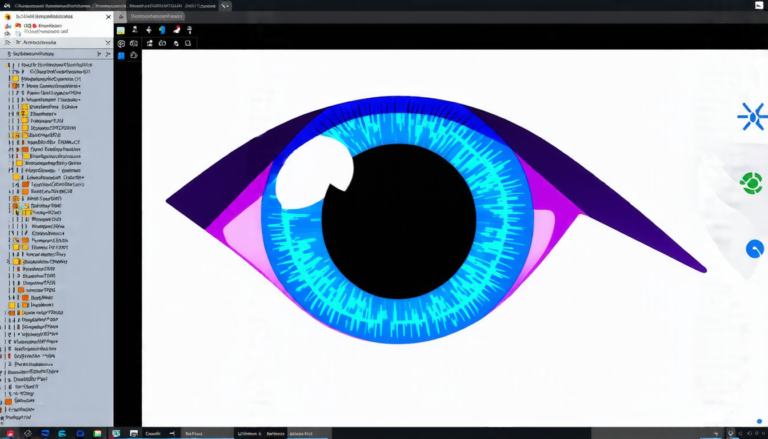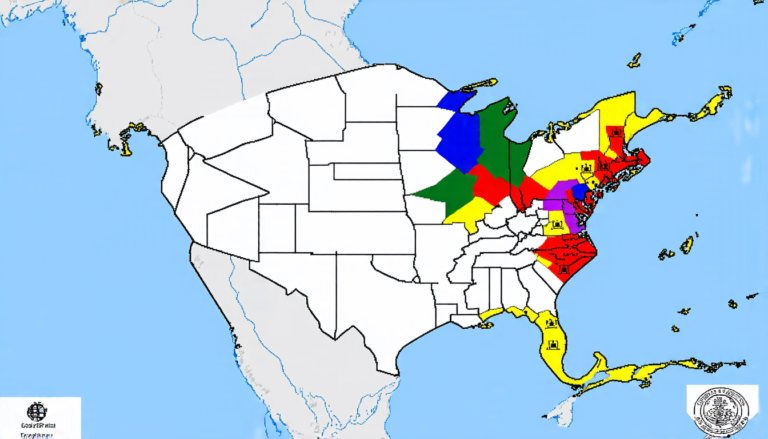Tuesday 29 July 2025
Radiology reports are a crucial part of modern medicine, providing doctors and patients with vital information about diagnoses and treatment plans. However, these reports often contain errors, which can have serious consequences for patient care. To address this issue, researchers have developed a new multi-pass large language model (LLM) framework that significantly improves the accuracy of radiology report error detection.
The traditional method of detecting errors in radiology reports involves manual review by human experts, which is time-consuming and costly. In recent years, machine learning algorithms have been applied to this problem, but these approaches have had limited success due to the low prevalence of errors in radiology reports.
The new LLM framework addresses this challenge by using a three-pass approach that combines multiple language models to detect errors more effectively. The first pass uses a single-prompt detector to identify potential errors, while the second pass employs a report extractor to gather relevant information from the report. The third and final pass involves a false positive verifier, which checks for errors in the extracted information.
In a recent study, researchers tested this new framework on a dataset of 1,000 radiology reports and found that it significantly outperformed traditional methods. The LLM framework achieved a positive predictive value (PPV) of 0.159, compared to PPVs of 0.063 and 0.079 for two baseline approaches.
The researchers also evaluated the performance of the LLM framework on different imaging modalities, including X-ray, ultrasound, CT, and MRI. They found that the framework performed well across all modalities, with PPVs ranging from 0.120 to 0.222.
One of the key benefits of the new LLM framework is its ability to reduce the number of reports that require human review. In the study, the framework flagged only 88 reports for review, compared to 192 reports using traditional methods. This reduction in false positives can help alleviate the workload of radiologists and improve patient care.
The researchers also tested the performance of the LLM framework on two external test sets, CheXpert and Open-i, and found that it achieved high PPVs on both datasets. These results suggest that the framework is generalizable to other datasets and could be used in a variety of clinical settings.
Overall, the new LLM framework represents a significant advancement in radiology report error detection. Its ability to detect errors more accurately and efficiently than traditional methods makes it an attractive solution for healthcare providers looking to improve patient care.
Cite this article: “Accurate Radiology Report Error Detection with Multi-Pass Large Language Model Framework”, The Science Archive, 2025.
Radiology Reports, Error Detection, Machine Learning, Large Language Model, Radiology Report Errors, Accuracy, False Positives, Healthcare Providers, Patient Care, Medical Imaging







